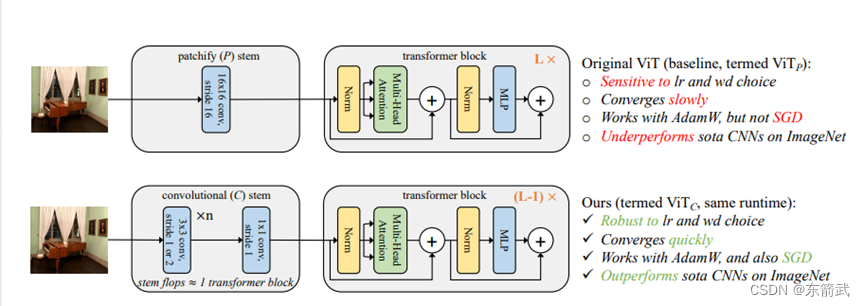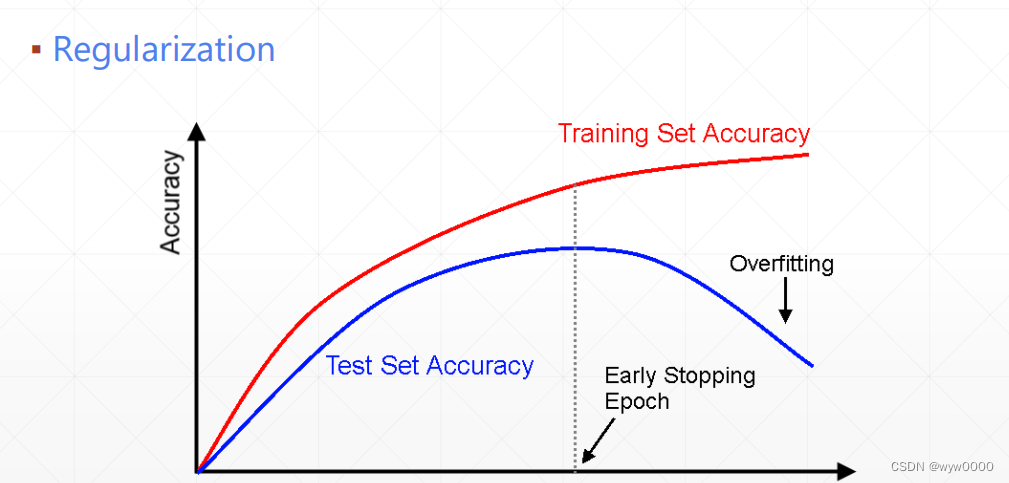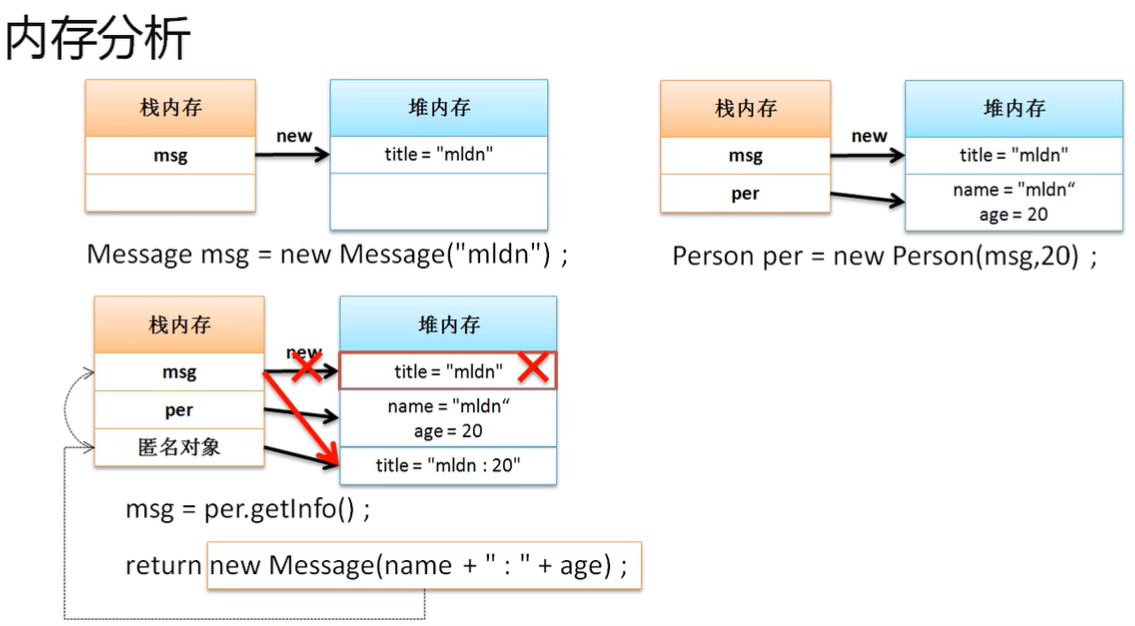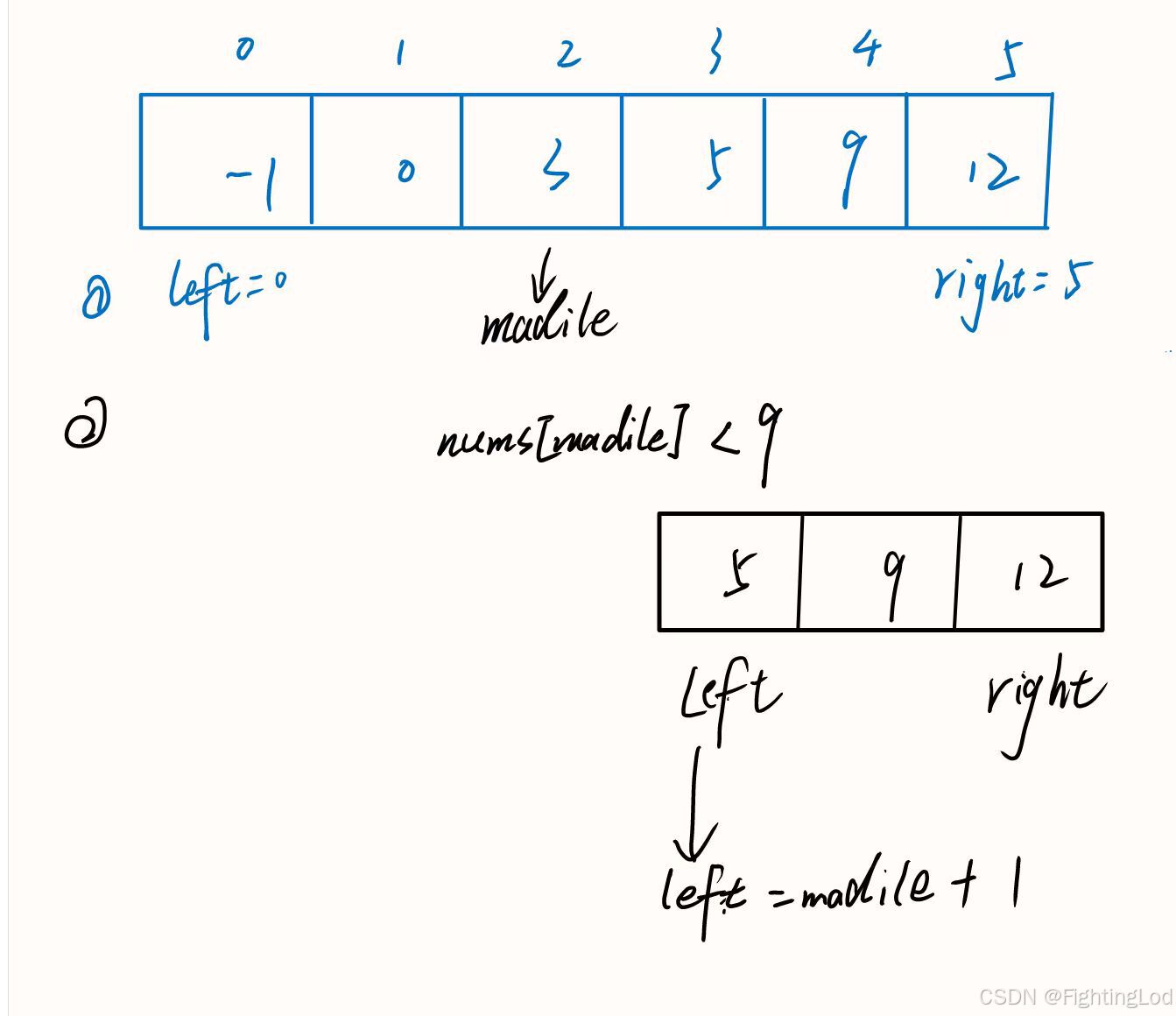1)https://github.com/Bjarten/early-stopping-pytorch/blob/master/MNIST_Early_Stopping_example.ipynb
2)https://machinelearningmastery.com/managing-a-pytorch-training-process-with-checkpoints-and-early-stopping/
3)https://pytorch.org/ignite/generated/ignite.handlers.early_stopping.EarlyStopping.html
4)https://medium.com/@vrunda.bhattbhatt/a-step-by-step-guide-to-early-stopping-in-tensorflow-and-pytorch-59c1e3d0e376
5)https://stackoverflow.com/questions/71998978/early-stopping-in-pytorch
https://medium.com/@vrunda.bhattbhatt/a-step-by-step-guide-to-early-stopping-in-tensorflow-and-pytorch-59c1e3d0e376Step-by-Step Guide in PyTorch
1.Import libraries
import torch
import numpy as np
from torch import nn
from torch.nn import Conv2d, MaxPool2d, Upsample, Concatenate
from torch.optim import Adam
import copy
2. Define the U-Net Architecture
class UNet(nn.Module):
def __init__(self, input_channels, output_channels):
super(UNet, self).__init__()
# Contracting path
self.conv1 = Conv2d(input_channels, 64, 3, padding=1)
self.conv2 = Conv2d(64, 64, 3, padding=1)
self.pool = MaxPool2d(2, 2)
self.conv3 = Conv2d(64, 128, 3, padding=1)
self.conv4 = Conv2d(128, 128, 3, padding=1)
self.conv5 = Conv2d(128, 256, 3, padding=1)
self.conv6 = Conv2d(256, 256, 3, padding=1)
# Expanding path
self.up7 = Upsample(scale_factor=2, mode='bilinear', align_corners=True)
self.conv7 = Conv2d(256, 128, 3, padding=1)
self.conv8 = Conv2d(128, 128, 3, padding=1)
self.up8 = Upsample(scale_factor=2, mode='bilinear', align_corners=True)
self.conv9 = Conv2d(128, 64, 3, padding=1)
self.conv10 = Conv2d(64, 64, 3, padding=1)
# Output layer
self.conv11 = nn.Conv2d(64, output_channels, 1)
def forward(self, x):
# Contracting path
x1 = self.conv1(x)
x1 = nn.functional.relu(x1)
x1 = self.conv2(x1)
x1 = nn.functional.relu(x1)
x1 = self.pool(x1)
x2 = self.conv3(x1)
x2 = nn.functional.relu(x2)
x2 = self.conv4(x2)
x2 = nn.functional.relu(x2)
x2 = self.pool(x2)
x3 = self.conv5(x2)
x3 = nn.functional.relu(x3)
x3 = self.conv6(x3)
x3 = nn.functional.relu(x3)
# Expanding path
x4 = self.up7(x3)
x4 = torch.cat([x4, x2], dim=1) # Skip connection
x4 = self.conv7(x4)
x4 = nn.functional.relu(x4)
x4 = self.conv8(x4)
x4 = nn.functional.relu(x4)
x5 = self.up8(x4)
x5 = torch.cat([x5, x1], dim=1) # Skip connection
x5 = self.conv9(x5)
x5 = nn.functional.relu(x5)
x5 = self.conv10(x5)
x5 = nn.functional.relu(x5)
# Output layer
output = self.conv11(x5)
return output
3. Load your data
X_train = torch.from_numpy(np.load('your_training_images.npy'))
y_train = torch.from_numpy(np.load('your_training_segmentations.npy'))
X_val = torch.from_numpy(np.load('your_validation_images
4. Define HyperParameters
input_channels = X_train.shape[1] # Adjust based on your image channels
output_channels = 1 # For binary segmentation
5. Create UNet model
model = UNet(input_channels, output_channels)
6. Initialize Optimizer and Loss Functions
optimizer = Adam(model.parameters())
criterion = nn.BCELoss()
7. Training loop with early stopping
#Initialize Variables for EarlyStopping
best_loss = float('inf')
best_model_weights = None
patience = 10
# Training Loop with Early Stopping:**
for epoch in range(100):
# Set model to training mode
model.train()
# Forward pass and loss calculation
outputs = model(X_train)
loss = criterion(outputs, y_train.float()) # Convert y_train to float for BCELoss
# Backward pass and optimization
optimizer.zero_grad()
loss.backward()
optimizer.step()
# Validation
model.eval() # Set model to evaluation mode
with torch.no_grad(): # Disable gradient calculation for validation
val_outputs = model(X_val)
val_loss = criterion(val_outputs, y_val.float())
# Early stopping
if val_loss < best_loss:
best_loss = val_loss
best_model_weights = copy.deepcopy(model.state_dict()) # Deep copy here
patience = 10 # Reset patience counter
else:
patience -= 1
if patience == 0:
break
# Load the best model weights
model.load_state_dict(best_model_weights)
8. Inference
# Set model to evaluation mode
model.eval()
# Perform inference on new images
with torch.no_grad():
new_images = torch.from_numpy(np.load('your_new_images.npy'))
predictions = model(new_images)
# Process and visualize predictions as needed```







































